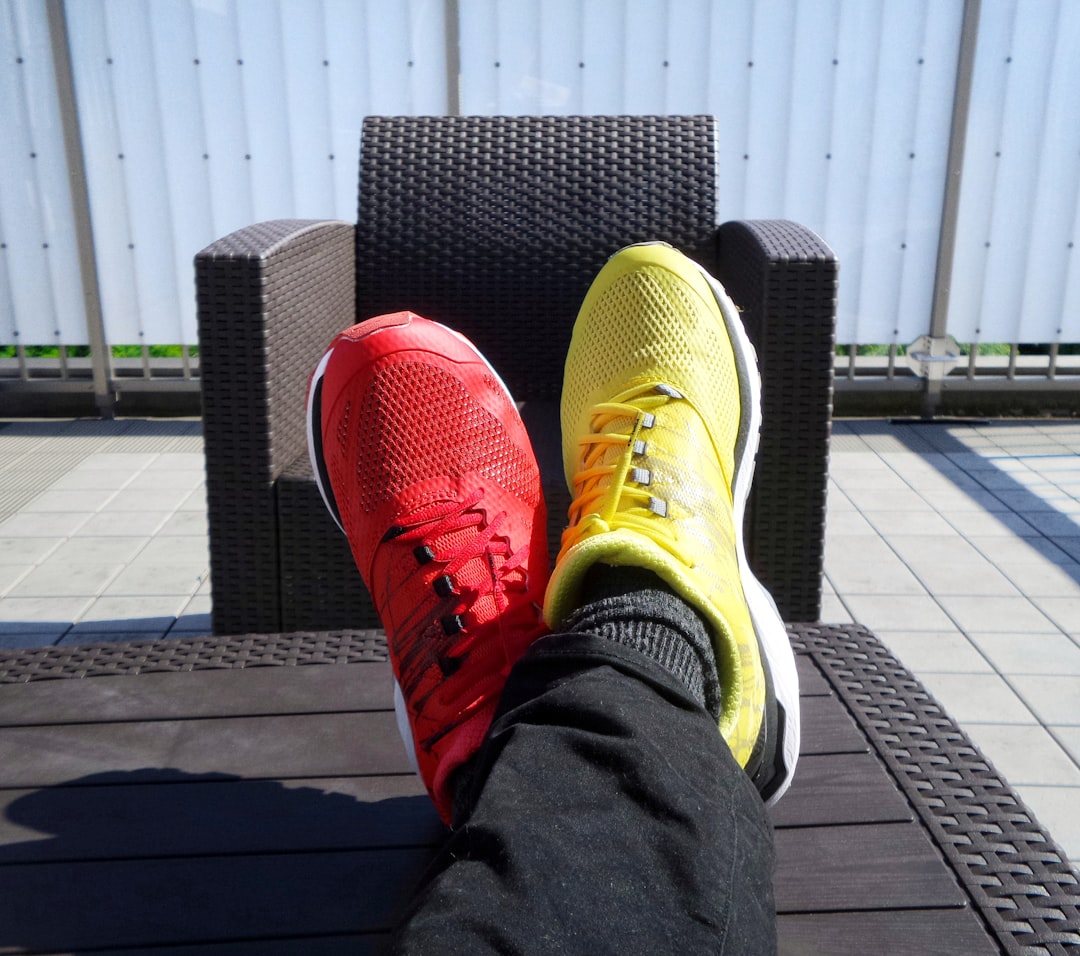- Los Angeles Kava by Kavahana
- Posts
- Is ashwagandha the same as kava?
Is ashwagandha the same as kava?
The similarities and differences between these two powerful plants
With all the different plant medicines out there these days, it can be hard to tell them all apart. This is especially true for those that have different names for the same thing.
And then of course there are different plants that are used for similar things. This is the case with ashwagandha and kava.
While the two are both roots, and used for similar things, they are definitely different and should be taken with that in mind.
What is kava?
Kava comes from the pepper plant, piper methysticum, grown in the pacific islands. It’s known for its relaxing, social and clarifying effects. First discovered in Vanuatu it’s also grown in Fiji, Tonga, Hawa’ii, Samoa, Papua New Guinea, Micronesia, and French Polynesia. While the kava itself is the same, the active ingredients called kavalactones differ giving each plant slightly different effects. The kavalactones are responsible for kava’s effects and strength. Different kavalactones have varied effects; some give off mental sensations like relaxation, calmness, and sociability, while others primarily affect the body, causing feelings of heaviness and tiredness.

Kava is traditionally drunk as a tea-like drink made from the root of the plant. Once grown to maturity, the kava plant is harvested and the roots separated and dried. The dried roots are ground into a fine power that is steeped in water to make the earthy beverage.
Kava has a long history that goes back more than 3000 years and is one of the most coveted traditions in pacific islander culture. In ancient times, kava was used for medical treatments for pain, relaxing muscles, and to calm nerves, reduce anxiety and help with sleep disorders. More importantly to island cultures, kava is a critical aspect in a variety of ceremonies and rituals to honor chiefs, guests and other community members.
Nowadays, kava can be found all over the world, however some countries still monitor its use due to a false accusation that it causes liver damage that is just now being cleared. Kava bars have popped up in parts of the US to spread the benefits of kava to those outside of the pacific islands. You can even find it as tinctures and supplements in many health food stores. However, these should be taken with caution as the added ingredients they contain can have potentially negative side effects and impact your experience.
What is Ashwagandha?
Ashwagandha is an evergreen shrub that grows in parts of India, Africa and the Middle East. Scientifically called Withania somnifera, it also goes by the names Indian ginseng, and wintercherry. Ashwagandha has been used in traditional Indian Ayurvedic medicine for over 6000 years. Its primary role has been as an Rasayana, or an approach to lengthening lifespans and invigorating the body.
The root of the plant is said to hold the most medicinal power. However, the flowers, leaves and seeds all also have medicinal properties. The most common use is taking the dried root powder mixed in water, honey or ghee, clarified butter common in India), or in a capsule. It can also be taken as an extract or tincture.
Traditionally it’s been used for a variety of conditions including, increasing libido, sleep aid, boosting energy, rheumatism, nervousness, releasing fluid build up, and constipation. When mixed with milk it’s an essential tonic for undernourished children. It can also be used topically for reducing swelling, skin ulcers and carbuncles.
Recently, ashwagandha has been used for mental health related conditions like anxiety, stress, sleep and cognition. It’s used as an adaptogen, which helps support the body in managing different forms of stress. It’s rich in phytochemicals, such as withanolides and alkaloids which are linked to many anti-inflammatory and antioxidant properties.
The takeaway
As you can see, it’s easy to get these two plants confused. Their similar medicinal uses, ancient traditions and even preparations are uncanny. When choosing between them, it's crucial to consider your specific health needs and goals.
The biggest difference between these two is that kava is psychoactive whereas ashwagandha is not. You don’t get the same uplifting, social feelings nor the tingling sensation in your mouth when you take ashwagandha.
Both herbs help support anxiety by reducing symptoms through the GABA neurotransmitter system, but the approach is different. Kava is typically enjoyed as a social beverage, often taken with friends and family due to its significant cultural meaning in the islands. Ashwagandha is typically used for medicinal purposes, being taken at the same time every day to manage stress, anxiety and other symptoms.
Remember, the journey to wellness is personal, and what works for one may not work for another. Embrace the journey and choose the path that aligns best with your individual health journey.


Reply